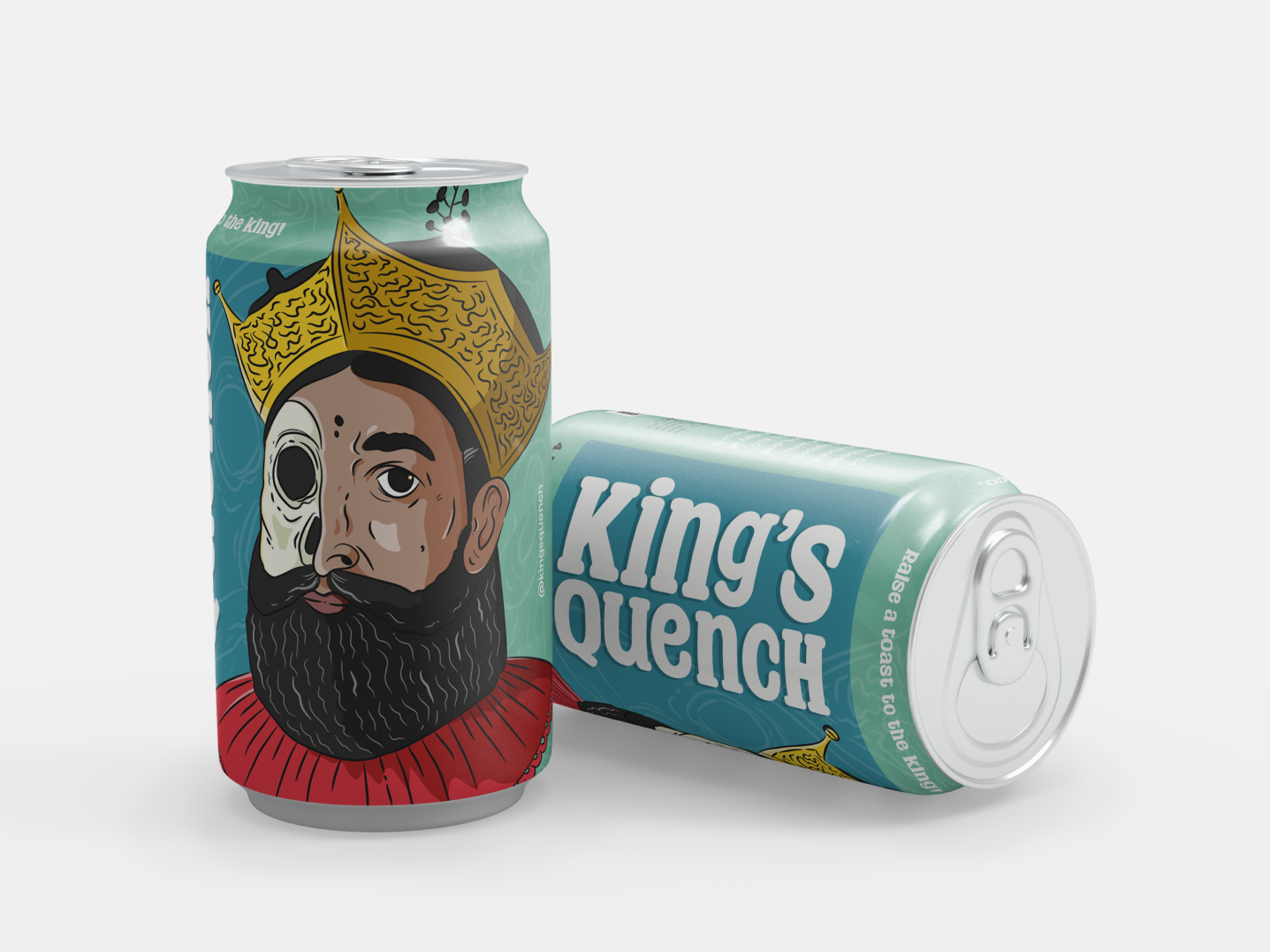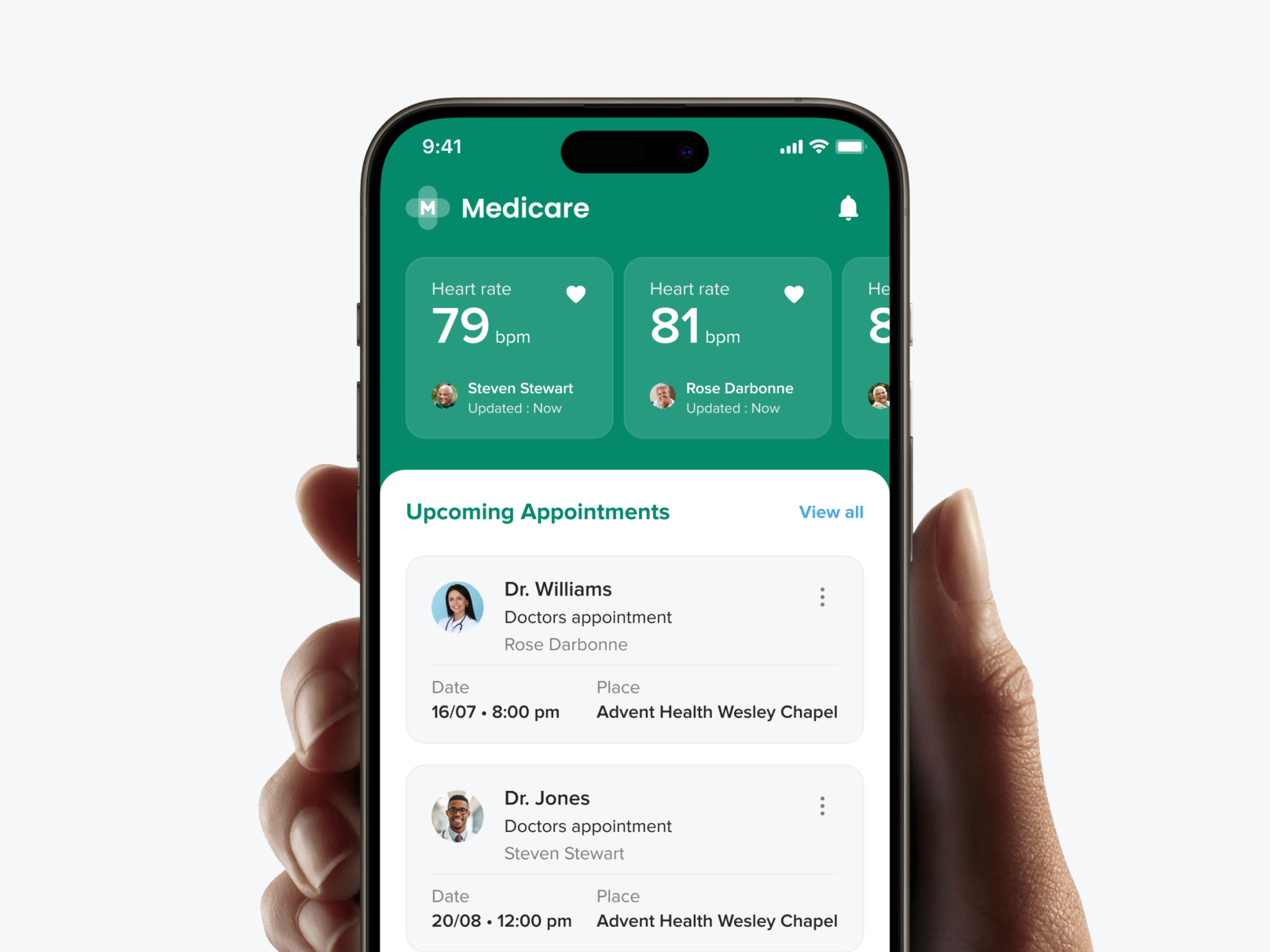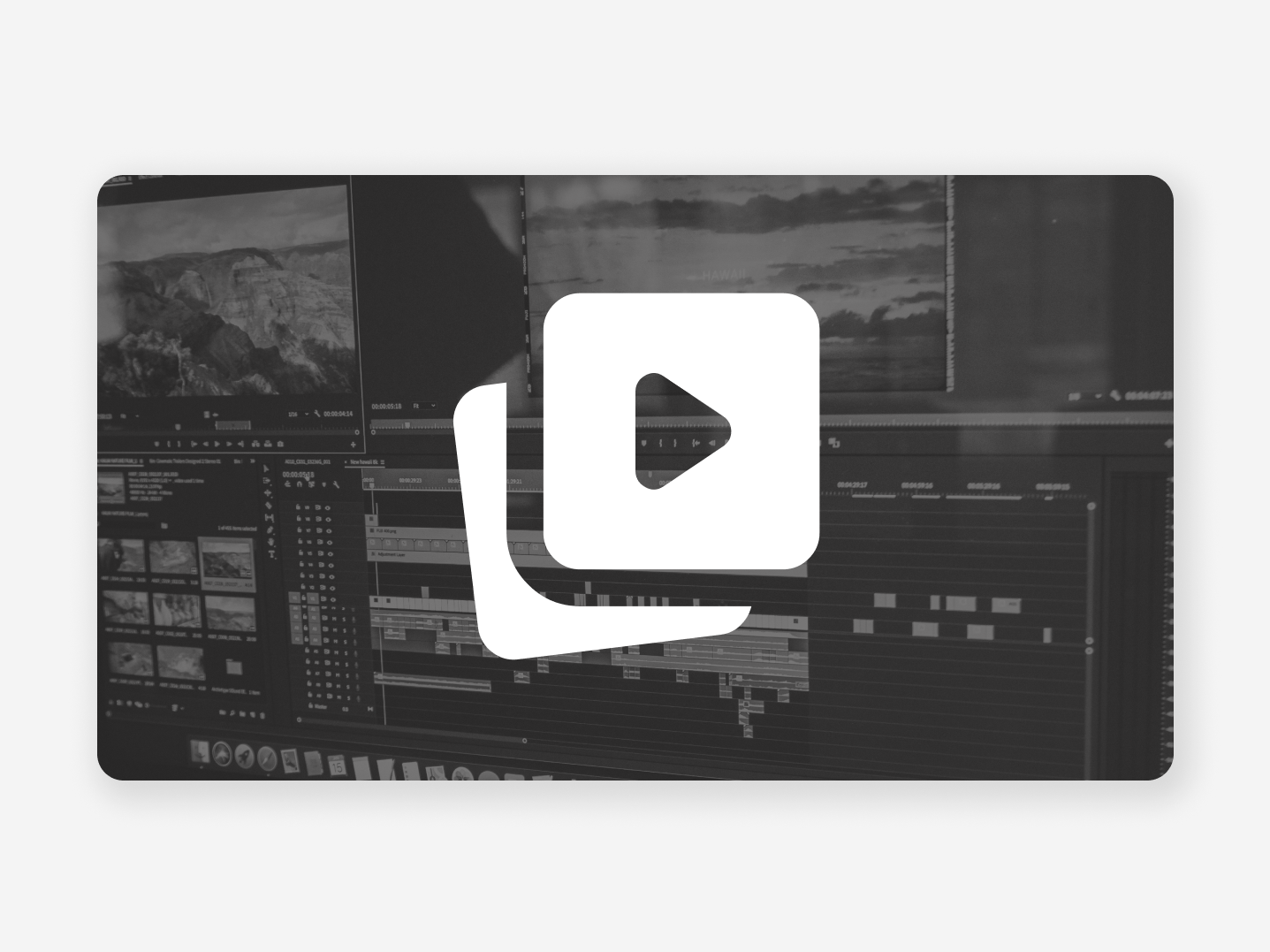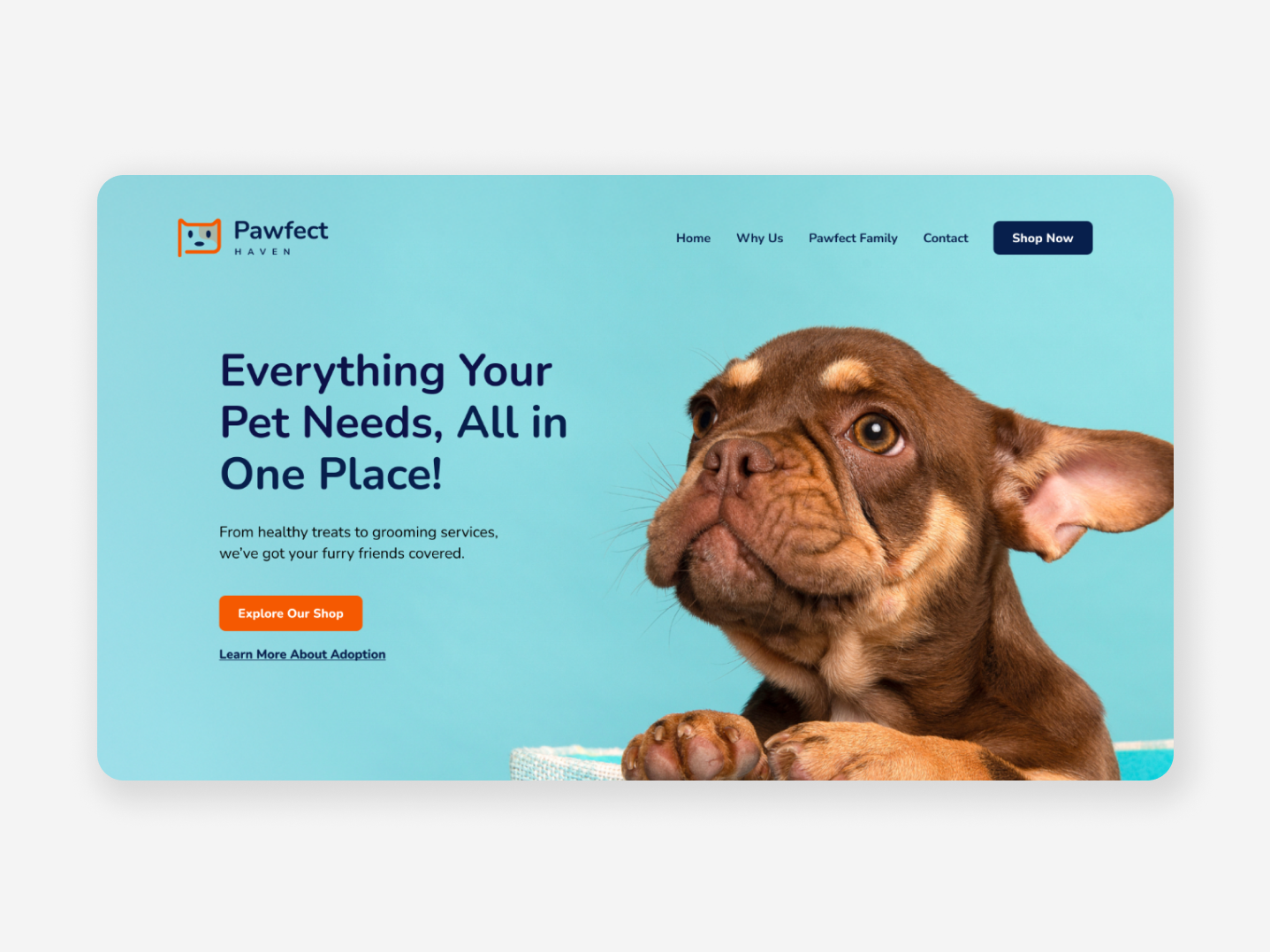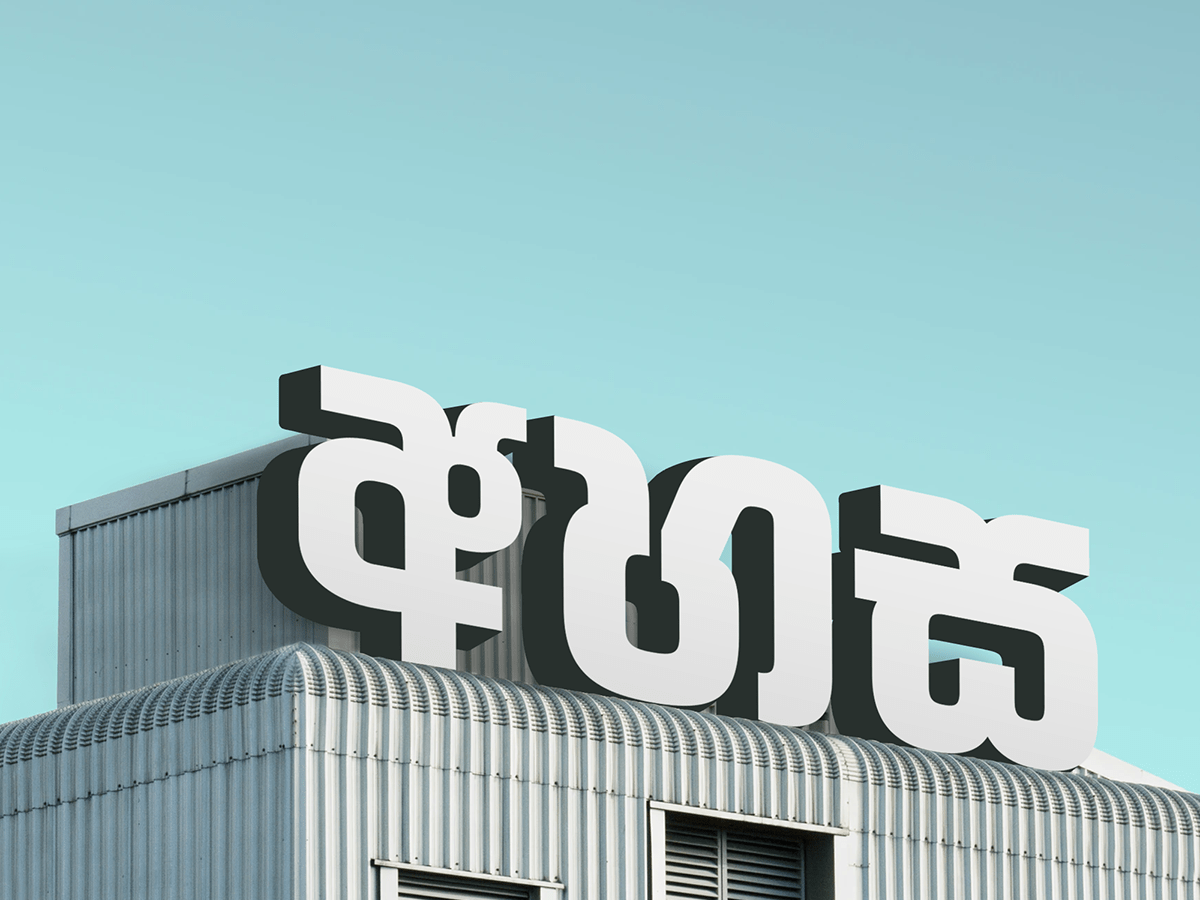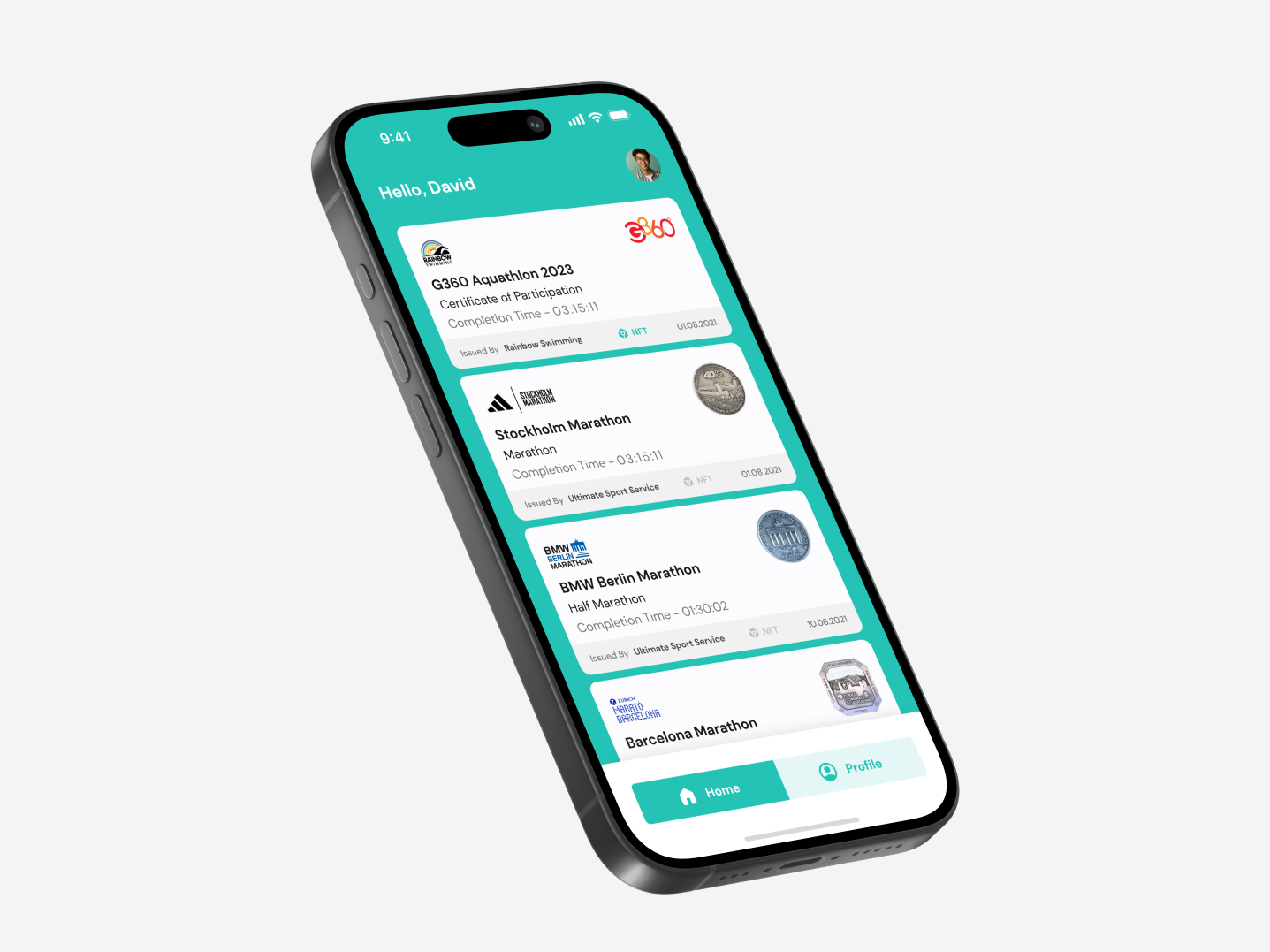Introduction
This case study documents the design and development of an employee portal for Fidenz Technologies. The goal was to create a centralized platform that streamlines daily tasks, improves internal communication, and enhances accessibility to key resources for employees and administrators.
Problem Statement
Fidenz Technologies faced challenges with fragmented workflows and inefficient communication. Employees and administrators relied on multiple tools and manual processes for tasks like leave requests, performance evaluations, document access, and employee feedback, leading to time-consuming workflows and a lack of transparency.
This disjointed approach caused frustration and hindered productivity, highlighting the need for a centralized platform to streamline operations and enhance the employee experience.
Objectives and Goals
The primary objective was to develop a user-friendly employee portal that would centralize key functionalities, improve communication, and enhance accessibility to essential resources
Goal 1
Increase user adoption rate by 80% within the first month of launch.
Goal 2
Reduce average task completion time for leave requests, performance evaluations, and document access by 30%.
Goal 3
Achieve an average user satisfaction rating of 4.5 out of 5 based on post-launch surveys.
Research and Insights
We conducted extensive user research to gather insights into the needs and pain points of both employees and administrators.
User Interviews
We conducted interviews with employees and managers to understand their current workflow, frustrations, and desired features for the portal.
Surveys
We conducted online surveys to gather data on user preferences, access patterns, and overall satisfaction with existing systems.
Usability Testing
We conducted usability testing with prototypes to gather feedback on navigation, information architecture, and user experience.
Based on the research findings, we developed user personas to represent the key user groups and their needs.
We also conducted a competitive analysis of existing employee portals to identify best practices and understand industry trends.
Ideation and Concept Development
The ideation phase involved brainstorming and sketching various concepts for the portal's layout, navigation, and features.
We explored different information architectures, visual design approaches, and user flow patterns to create a user-friendly and efficient interface.
Throughout this stage, we received feedback from stakeholders and potential users to refine our concepts and ensure alignment with business goals and user needs.
Design Process
The design process involved creating wireframes, prototyping, and conducting user testing to refine the user experience.
Wireframes
We created low-fidelity wireframes to define the layout, structure, and information hierarchy of the portal's different sections, including dashboards, leave requests, performance evaluations, and document repositories.
Visual Design
We focused on creating a clean and intuitive visual design that was consistent with Fidenz Technologies' brand identity.
Prototyping
We developed interactive prototypes in Figma to test the navigation flow, user interactions, and overall usability of the portal.
User Testing
We conducted usability testing with employees and administrators to gather feedback on the portal's ease of use, navigation, and overall experience.
Challenges and Solutions
One of the major challenges was balancing the needs of diverse user groups, including employees and administrators, within a single interface.
To address this, we implemented role-specific dashboards and navigation paths to ensure each user group had a clear and tailored experience.
We also faced challenges related to technical limitations, such as integrating the portal with existing systems.
We collaborated closely with developers to find creative solutions and ensure seamless integration with Fidenz's technology infrastructure.
Final Outcome
The final design solution was a comprehensive employee portal that streamlined daily tasks, enhanced communication, and improved access to resources for both employees and administrators.
The portal featured a user-friendly interface, role-specific dashboards, and a centralized repository for essential documents, forms, and company policies.
Post-launch data revealed significant improvements in efficiency, user engagement, and overall satisfaction
User adoption rate
The portal achieved an 85% adoption rate within the first month of launch, exceeding our initial goal.
Task completion time
We observed a 35% reduction in average task completion time for key tasks like leave requests, performance reviews, and document access.
User satisfaction
Post-launch surveys revealed an average user satisfaction rating of 4.7 out of 5, indicating high levels of satisfaction with the portal's functionality and usability.
Learnings and Reflections
This project reinforced the importance of thorough user research and iterative design.
We learned the value of balancing diverse user needs within a single interface, ensuring that the design was both accessible and user-friendly for all stakeholders.
We also gained valuable experience in collaborating with developers to integrate the portal with existing systems and ensure a seamless user experience.
Conclusion
The Fidenz Employee Portal was a successful project that significantly improved the employee experience at Fidenz Technologies.
By streamlining daily tasks, enhancing communication, and providing easy access to crucial resources, the portal empowered employees and administrators to be more efficient and productive.
The project highlighted the importance of user-centered design and the impact of a well-designed user interface on improving workflow efficiency and user satisfaction.
Future plans include expanding the portal's functionality with new features based on ongoing user feedback and evolving business needs.
